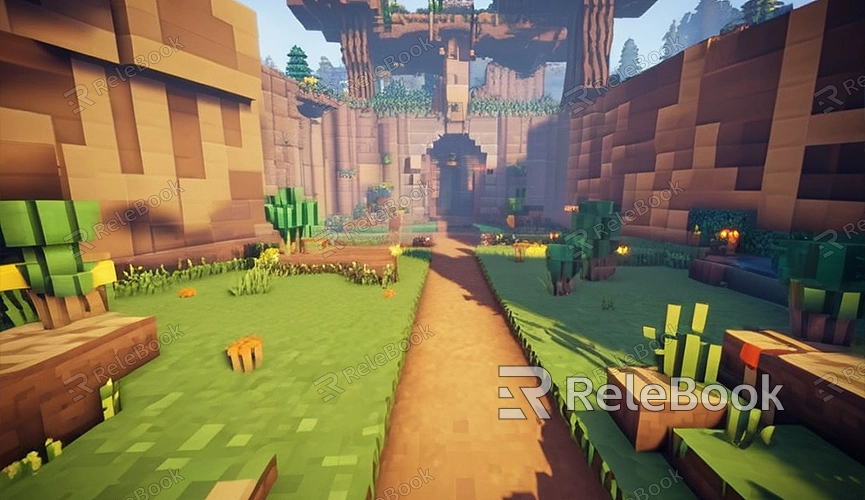How to Reload Textures in Minecraft
Minecraft is a beloved sandbox game among players, known for its open-ended gameplay and extensive modding system. In the game, texture packs are an essential tool for altering the visual aesthetics. Sometimes, after installing or modifying a texture pack, we need to reload the textures to ensure the changes take effect. This article will provide a detailed introduction to several common methods for reloading textures in Minecraft, helping you easily resolve this issue.
What is a Texture Pack?
Before understanding how to reload textures, it's important to know what a texture pack is. A texture pack is a collection of files that change the appearance of objects and blocks within Minecraft. By using different texture packs, players can give the game a fresh visual experience, ranging from simple graphical changes to complex high-resolution materials, with a wide variety of texture packs available.

Why Reload Textures?
There are instances during gameplay when we might encounter the following situations:
- A new texture pack is installed but the game visuals do not change.
- An existing texture pack is modified but the game still displays the old textures.
- Texture display issues arise during gameplay, requiring a refresh.
To ensure the correct loading of texture packs, we need to reload the textures. Here are several common methods.
Method One: Using Keyboard Shortcuts to Reload Textures
This is the simplest and fastest method. Minecraft has a built-in shortcut for reloading textures, allowing players to quickly refresh textures by pressing a specific key combination.
Steps:
1. Open the Minecraft game: Make sure you are in the game interface.
2. Press the shortcut keys: Press the `F3` key and `T` key simultaneously (common for Windows and Mac systems).
3. Wait for loading: The game will pause and begin reloading all texture packs. This process may take a few seconds to several minutes, depending on the size of your texture packs and the performance of your computer.
Using keyboard shortcuts to reload textures is very convenient, especially suitable for situations requiring a quick refresh.
Method Two: Reloading Textures Through Game Settings
If you are not accustomed to using keyboard shortcuts, you can reload texture packs through Minecraft's game settings menu.
Steps:
1. Open the Minecraft game: Enter the main menu.
2. Enter resource pack settings: Click on "Options," then select "Resource Packs."
3. Reselect the texture pack: In the resource pack menu, deselect the currently used texture pack and select it again, ensuring the "Selected Resource Packs" on the left includes the texture pack you want to use.
4. Confirm and apply: Click the "Done" button, and the game will reload all resource packs and textures.
This method allows you to more flexibly manage and apply multiple texture packs.
Method Three: Restart the Game
If the above two methods do not resolve the issue, restarting the game is an effective approach. Restarting the game can not only reload textures but also resolve texture loading issues caused by memory or other system problems.
Steps:
1. Save your game progress: Press the `ESC` key in the game and select "Save and Quit."
2. Exit Minecraft: Close the Minecraft game client completely.
3. Restart the game: Launch the Minecraft client again, and upon re-entry, the texture packs will be reloaded.
Restarting the game is the most thorough method, suitable for encountering complex problems or when the game is acting abnormally.
Reloading texture packs in Minecraft is a simple and practical operation that helps players view the effects in a timely manner after installing or modifying texture packs. Whether using keyboard shortcuts, through game settings, or restarting the game, you can effectively refresh textures, allowing you to enjoy a new visual experience in the shortest time possible. If you need many high-quality 3D textures and HDRIs, or 3D model downloads when creating models and virtual scenes, you can download them from Relebook. After downloading, simply import the textures and 3D models directly into your model for use.

